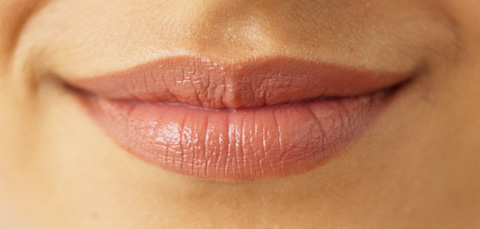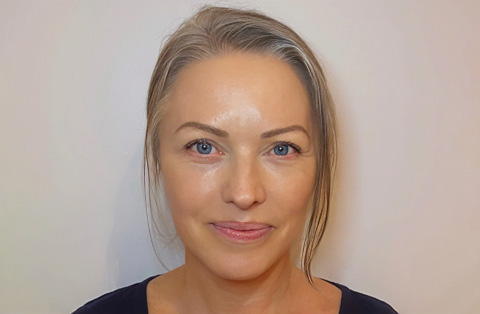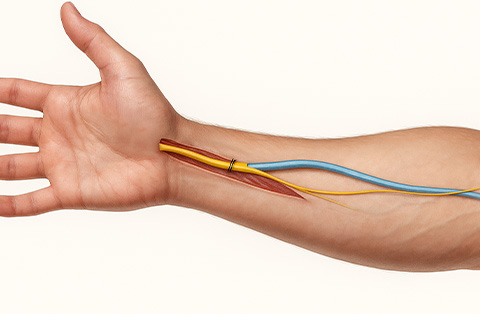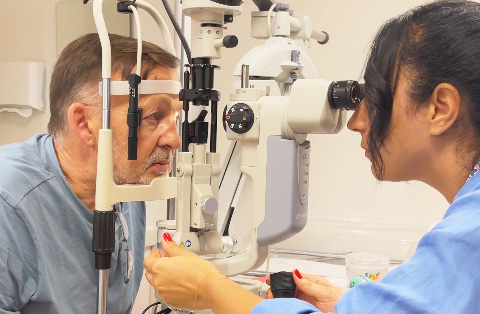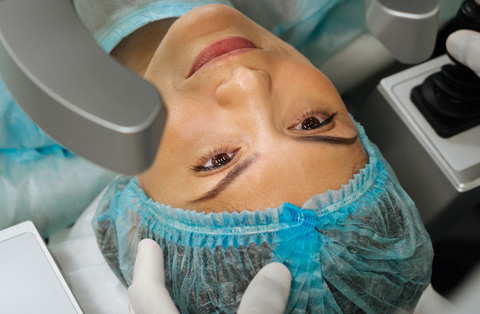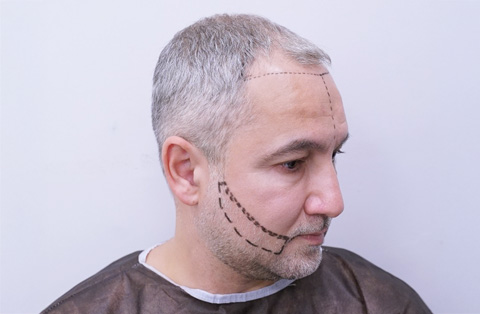Lip augmentation is a cosmetic procedure that uses injectable fillers to enhance the shape and volume of the lips. Most treatments involve hyaluronic acid-based products, which are temporary and considered safe when administered correctly.
However, complications from lip filler treatment are increasingly reported. According to Save Face, a UK-based aesthetics register, over 80% of complaints in recent years involved botched filler procedures—many of them in the lips. Poor technique, unregulated practitioners, and unsafe filler products are among the leading causes.
This article explains what happens when lip fillers go wrong, including medical and cosmetic risks. You’ll learn the signs of a botched lip, treatment options, how to avoid complications, and when professional correction—surgical or not—may be necessary.
Understanding Lip Filler and Dermal Filler Basics
Lip augmentation is one of the most requested aesthetic procedures worldwide. Despite its popularity, many patients are unfamiliar with the substances used, the injection techniques involved, and the risks they may carry.
What Is Lip Filler?
Lip fillers are injectable gels used to enhance lip volume, shape, and definition. Most are made of hyaluronic acid, a naturally occurring substance in the body that retains moisture. As a type of dermal filler, lip fillers are temporary and typically last 6 to 12 months.
How Lip Injections Work: The Lip Filler Procedure
A typical lip filler procedure involves injecting small amounts of filler into targeted areas of the lips. The treatment is usually performed with a fine needle or cannula under local anesthesia and takes around 15–30 minutes.
Injection Methods: Cannula vs. Needle in Lip Augmentation
Two main techniques are used: the needle method, which offers precision, and the cannula method, which may reduce bruising and vascular injury. The choice depends on the injector’s experience and the patient’s anatomy.
Types of Fillers Used in Lip Augmentation
Hyaluronic acid-based fillers (e.g., Juvederm, Restylane) are most common due to their reversibility and safety profile. Permanent or semi-permanent fillers are generally not recommended for the lips due to higher complication rates.
Common Lip Filler Complications: Lip Filler Gone Wrong
Even when performed by licensed professionals, lip augmentation carries the risk of complications. When done incorrectly or using inappropriate products, the results may lead to both aesthetic and medical problems.
8 Signs of Lip Filler Problems, How to Spot Trouble Early?
Recognizing early signs of a botched lip filler can help prevent further damage. Common warning signs include:
Excessive swelling or bruising beyond 48 hours
Lumps or uneven texture
Asymmetry between the upper and lower lip
Severe pain or blanching (white areas), which may signal vascular compromise
Overfilled lips with unnatural volume
Hard nodules or granulomas
Infection signs such as redness, pus, or fever
Discoloration or prolonged numbness
Lip Filler Gone Wrong: Real “Botched Lip Filler” Scenarios
Botched lip filler cases often involve inexperienced injectors, unapproved filler products, or poor technique. In some cases, filler may be injected into or compress a blood vessel, restricting blood flow. Overcorrection and filler migration are also common aesthetic complications.
Allergic Reactions, Infections & Vascular Complications
Though rare, some patients may experience hypersensitivity to components in the filler. Infections can occur due to non-sterile techniques. The most serious complication is vascular occlusion, where filler blocks a blood vessel—this can lead to tissue death if not treated promptly.
Cosmetic Complications: Lumps, Asymmetry, and Overfilling
These aesthetic issues often result from poor injection technique, using the wrong filler type, or improper placement. While not life-threatening, such outcomes can significantly impact appearance and self-esteem.
Gone Wrong Abroad: Risks of At-Home and Non-Professional Injections
Many complications arise when patients seek treatment in unregulated settings—often abroad or through at-home kits. These “gone wrong scenarios” typically involve unlicensed injectors, counterfeit products, or procedures performed without proper hygiene or aftercare protocols.
Why Lip Augmentation Can Be Risky
While lip fillers are marketed as low-risk cosmetic procedures, complications can occur due to product misuse, poor technique, or incorrect patient selection. Understanding these risks is essential for anyone considering lip augmentation.
Poor Injector Technique vs. Inexperienced Plastic Surgeon
A major cause of botched lip filler cases is unqualified or inadequately trained injectors. Even minor errors in depth, angle, or volume of injection can result in lumps, asymmetry, or worse—vascular damage. A licensed plastic surgeon or experienced injector minimizes these risks through anatomical knowledge and precise technique.
How Dermal Filler Goes Wrong: Product Migration and Granulomas
Filler migration occurs when the injected material moves beyond the target area. This can create puffiness above the lips or distorted contours. In rare cases, the body reacts by forming granulomas—firm nodules caused by chronic inflammation.
The Role of Aesthetics and Facial Balance in Lip Augmentation
Even if technically well-performed, a filler procedure can still be considered a failure if the outcome disrupts facial harmony. Overfilled lips or disproportionate shapes may result from ignoring basic aesthetic principles. A skilled injector considers overall facial balance when planning lip enhancement.
How to Avoid a Bad Lip Filler Experience
Preventing a botched lip filler outcome begins long before the injection takes place. Careful provider selection, informed consent, and proper aftercare significantly reduce the likelihood of complications. This section outlines key steps patients can take to stay safe.
Choosing a Qualified Injector or Board-Certified Plastic Surgeon
Always verify your injector’s credentials. A board-certified plastic surgeon, dermatologist, or experienced aesthetic practitioner trained in facial anatomy is essential. Avoid non-medical personnel offering filler services, particularly in unregulated settings.
What to Ask Before You Book a Lip Filler Procedure
Patients should ask the following before committing to treatment:
What type of dermal filler will be used (e.g., hyaluronic acid)?
Is the product FDA- or CE-approved?
What are the risks and side effects?
How are complications managed on-site?
Can I see before-and-after images of previous patients?
These questions help assess both the clinic’s standards and the injector’s expertise.
Safety Tips to Minimise Risk: Patch Tests, Product Knowledge, Aftercare
Though rare, allergic reactions can occur. Patch testing may be offered for high-risk individuals. Patients should also be informed about the filler brand and its reversibility. Post-treatment care—such as avoiding makeup, alcohol, or strenuous exercise for 24–48 hours—helps minimise swelling and bruising.
Treatment and Fixes After Lip Filler Goes Wrong
When lip filler goes wrong, timely and appropriate treatment can often reverse the damage. Options vary depending on the severity and type of complication.
Dissolving Hyaluronic Acid: Hyaluronidase Treatment Explained
If the filler used is hyaluronic acid-based, the primary corrective measure is hyaluronidase, an enzyme that breaks down the filler safely. It’s typically injected directly into the affected area and starts working within hours. This is often the first step in treating botched lip filler cases involving overfilling, asymmetry, or migration.
Medical Management: Antibiotics, Steroids, and Swelling Control
In cases involving infection, patients may require oral or topical antibiotics. For inflammatory reactions, such as granulomas or persistent swelling, corticosteroids may be prescribed. Cool compresses and elevation can help reduce edema in the short term.
When Surgery Is Necessary to Correct Lip Filler Complications
In rare but severe cases—such as tissue necrosis, intravascular injection, or permanent filler damage—surgical intervention may be needed. This could involve debridement, tissue repair, or lip reconstruction. Surgery is typically considered only when less invasive treatments fail.
Beyond Surgery: Non-Surgical Alternatives to Fix or Avoid a Botched Lip
Surgery is rarely the first option for correcting botched lip filler results. In many cases, non-surgical methods can help restore a more natural appearance or prevent complications from worsening. These approaches are especially valuable for managing mild to moderate aesthetic issues.
Massage, Topical Care, and Cannula Corrections
If lumps or uneven texture appear shortly after treatment, gentle massage techniques—guided by a professional—can help redistribute the filler. Topical agents may reduce surface swelling or irritation. In some cases, a skilled injector can use a cannula to strategically adjust or dilute the filler without full removal.
Long-Term Maintenance and Follow-Up Without the Need for Surgery
Regular follow-up with your provider ensures early detection of delayed complications like filler migration or nodule formation. Avoiding repeat injections too soon, respecting proper dosing, and spacing treatments appropriately are key to maintaining results without the need for surgery. Patients should also be advised on when to let filler naturally degrade versus seeking active correction.
FAQ
Can I Avoid a Bad Lip Without the Need for Surgery?
Yes, most cases of bad lip filler can be avoided or corrected without surgery. Choosing a qualified injector, using reversible fillers like hyaluronic acid, and following proper aftercare significantly reduce risks. If complications arise, non-surgical treatments such as hyaluronidase, massage, or minor adjustments can often resolve the issue.
How Long Does It Take to Fix a Botched Lip Filler?
The time needed to fix a botched lip filler depends on the complication. Minor issues may resolve within days with massage or adjustment. If hyaluronidase is used, results are seen in 24–72 hours. More complex cases, including infections or vascular issues, may require weeks of treatment and follow-up care.
Are Hyaluronic Acid Fillers Safe in the Long Term?
Hyaluronic acid fillers are considered safe for long-term use when administered by qualified professionals. They are biocompatible and gradually absorbed by the body. However, repeated overfilling or poor technique can increase the risk of complications over time, such as filler migration or tissue distortion. Regular assessments help maintain safe outcomes.
